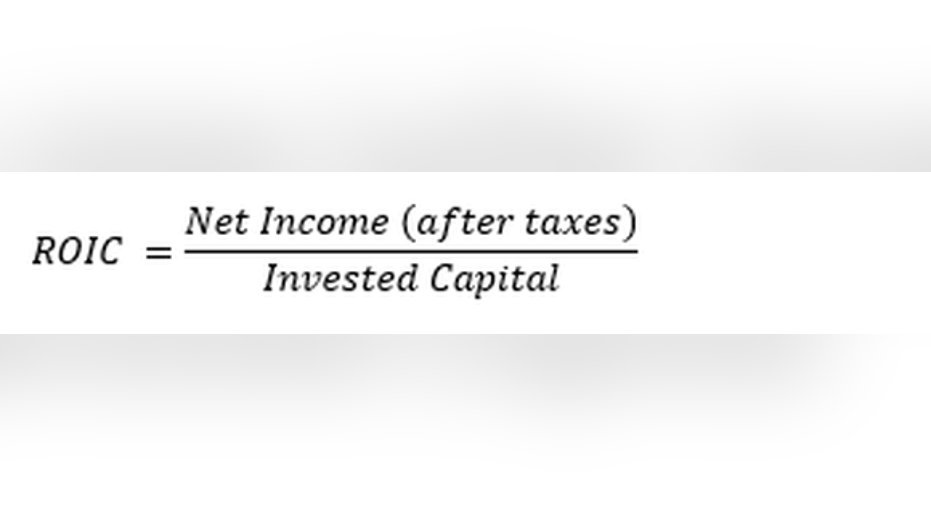How to Calculate the Return from an Investment Balance Sheet

Generally speaking, your return on invested capital, or ROIC, refers to the profits you receive relative to the money you've invested. For example, if you spent $100,000 to start a business and you earned $20,000 in after-tax profit over the first year, your return on investment would be 20%. It's also important to take debt into account, if applicable, as debt is also a form of capital used to fund a business' operations.
Calculating return on invested capital
The general formula for calculating ROIC is:
So, the first step is to locate the company's net income after tax, which can be found on its income statement. This is the amount of money the company earned after paying all expenses -- cost of goods sold, operating costs, interest, taxes, etc.
Invested capital typically refers to a combination of shareholders' equity and long-term debt, both of which can be found on the balance sheet. Shareholders' equity is generally the last item listed, and can be calculated as total assets minus total liabilities. It's worth noting that there are other possible ways to calculate a company's invested capital-for example, many ROIC calculations subtract a company's excess cash since it isn't being used to generate income.
Once you have the two parts of the ROIC formula, simply divide the net income by the invested capital. In order to convert your result to a percentage, multiply by 100.
An example
Let's take a look at a real-world example to illustrate how this is calculated. When looking at Wal-Mart's latest annual income statement, we can find that the company earned after-tax income of $14.7 billion. According to the balance sheet for the same time period, Wal-Mart had $80.55 billion in stockholders' equity and $44 billion in long-term debt, for a total invested capital of $124.55 billion. Dividing the after-tax income by the invested capital shows a ROIC of 11.8% for the year.
Why ROIC is useful
Many investors confuse ROIC with profit margin. Unlike the latter, ROIC is a measurement of how efficiently a company is using its capital to generate a profit. Just because a company has a high profit margin doesn't necessarily mean that it's using its capital efficiently, and vice versa. ROIC is useful for comparing a company's efficiency to others in the same industry, as well as to its own historical trends.
This article is part of The Motley Fool's Knowledge Center, which was created based on the collected wisdom of a fantastic community of investors. We'd love to hear your questions, thoughts, and opinions on the Knowledge Center in general or this page in particular. Your input will help us help the world invest, better! Email us atknowledgecenter@fool.com. Thanks -- and Fool on!
The article How to Calculate the Return from an Investment Balance Sheet originally appeared on Fool.com.
The Motley Fool has no position in any of the stocks mentioned. Try any of our Foolish newsletter services free for 30 days. We Fools may not all hold the same opinions, but we all believe that considering a diverse range of insights makes us better investors. The Motley Fool has a disclosure policy.
Copyright 1995 - 2016 The Motley Fool, LLC. All rights reserved. The Motley Fool has a disclosure policy.



















